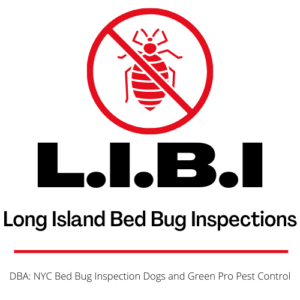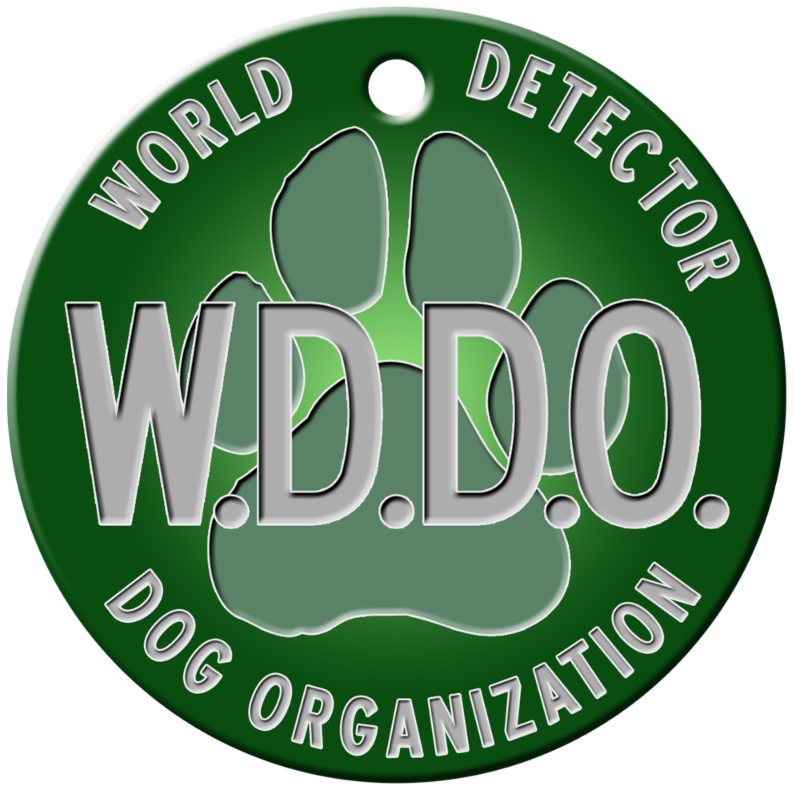The last fifty years has brought a marked resurgence in bed bug infestations across the country. Once considered all but eradicated from the United States the return of these pests has become so pervasive that the Center for Disease Control (CDC) and the Environmental Protection Agency (EPA) have had to issue public health notices addressing the issue.
Fortunately, bed bugs don’t carry or transmit any known diseases or pathogens. However, that doesn’t necessarily mean that these blood-sucking parasites can’t adversely effect your health. The stress and anxiety that accompanies a bed bug infestation can take a real toll on the health and welfare of a family caught up in the ordeal.
When it comes to dealing with bed bugs the best defense is a strong offense, and that means meeting the problem head on. In order to minimize the emotional, physical and financial impact of a bed bug infestation it’s always best to be prepared. That includes creating a home bed bug kit and keeping it ready at all times.
How Can You Know if You have a Bed Bug Problem?
Unfortunately, in most cases people only really suspect they have a bed bug problem after they’ve been bitten. Unless you make a habit to regularly inspect your mattresses and bed linens for signs of bed bug activity, chances are the appearance of bites on one or more family member will be your first sign of an infestation.
It’s worth noting that it can take up to 14 days for bed bug bites to begin to itch. That means if you’re starting to show signs of having been bitten then you’ve had bed bugs in your home for at least a couple of weeks. This is one of the many reasons it’s so important to inspect your home on a fairly regular basis.
Bed bugs are relatively easy to detect once you know what to look for. The average adult bed bug is roughly 5 to 7 millimeters long. Their bodies are flat and oval-shaped with a reddish brown color. They typically hide in the seams and stitching of mattresses, box springs, and upholstered furniture. They may also be found in carpeting and along baseboards.
Telltale signs of bed bugs also include blood stained sheets, fecal stains on bedding, and discarded exoskeletons. If you begin to notices signs of bed bug activity you need to take steps to reduce the spread of the pests and minimize the overall infestation.
Remember, it may not be possible to bring a professional removal service in right away so you need to take steps to mitigate the problem while you can. That’s where your bed bug kit comes in.
What Should Go Into Your Home Bed Bug Kit?
Having a bed bug defense kit will help you fight back against an infestation. It may not be enough to totally eliminate your bed bug problem, but it will at the very least buy you some time while you contact a professional bed bug inspection and removal service to schedule a comprehensive treatment.
Any bed bug defense kit should contain a few basic items, all of which will help you deal with a burgeoning bed bug invasion.
1 – Plastic Garbage Bags
As soon as you notice signs of bed bugs in your home you’ll want to gather up your clothes and bed linen. You will also want to gather together any curtains, towels and other cloth items you may have stored in the infested room.
Take all of the items you have collected and deposit them in your plastic garbage bags. Securely tie up the bags, keeping them closed until you can wash and dry everything thoroughly. You will want to wash everything in hot water (at least 100° Fahrenheit) and dry everything at the hottest dryer setting. The heat will help to kill any bed bugs as well as their eggs.
When you have thoroughly washed and dried your laundry place them in clean plastic bags. Do not use the same bags for your clean laundry as you used for the dirty clothing (the old bags should be disposed of safely). Keep everything stored in clean and sealed plastic bags until you’ve successfully cleared the rooms in your home of bed bugs.
2 – Stiff Cleaning Brushes
The room where you discovered the bed bugs will need to be thoroughly cleaned. That includes the carpets and along the baseboards. A stiff brush will make it easier to loosen any dead bed bugs, shed exoskeletons and unhatched eggs so they can be picked up by a vacuum cleaner.
You will want to give special attention to window frames, baseboards, vents and electrical outlets. Also be sure to get behind and under all furniture.
3 – High Powered Vacuum Cleaner
You will want to vacuum the entire room, including any closets or recesses. You will also want to vacuum around your bed frame, inside dresser drawers and are window frames. Use your vacuum’s hose attachment to get into tight places. However, avoid using any brush attachments while cleaning. Bed bugs can cling to the brush and hide in the bristles.
When you’ve finished vacuuming out the room remove the vacuum clean bag and place it in a disposable plastic bag. You should do this outside to avoid any stray bed bugs escaping back into your home. Tie the bag securely and dispose of everything in an outside trash receptacle.
4 – Insecticide
Once everything is cleaned and vacuumed you may consider using an over-the-counter insecticide. Be sure to use a bed bug specific product and read the directions carefully before using. Some insecticides, even those available to the general public, can be hazardous when used improperly.
Over-the-counter pesticides are rarely a match for a growing bed bug infestation. However, it can help to buy you some time while you schedule a professional bed bug removal treatment.
Schedule a Professional Bed Bug Inspection
Bed bug infestations are notoriously difficult to handle without professional assistance. If you have found signs of bed bug activity make a point to find a local bed bug inspection service and schedule an appointment as soon as you can. They will be able to inspect your home and identify and bed bug hot spots. With that information you can work together to develop a suitable plan of attack.
Published by Scott Palatnik
If you believe you’ve brought bed bugs into your home or office, give us a call, we can help!
Now with 2 locations. On Long Island @ 516-619-6149, or in NYC @ 212-299-9186
We are Long Island Bedbug Inspections.
Your Bedbug Inspection, and Elimination solution.


